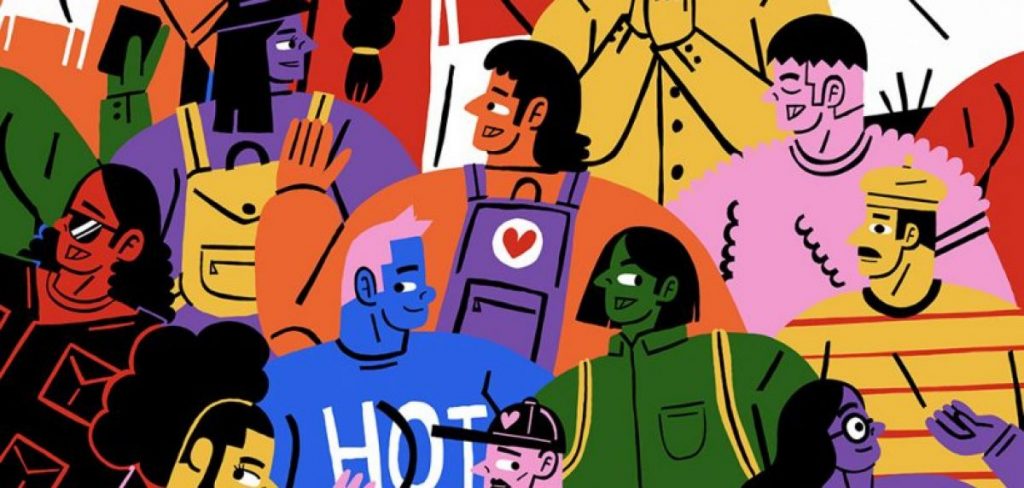For this weeks workshop I chose to read “Could Do Better? Students’ critique of written feedback by Kate Brooks. I chose it because I was very curious to find out more about student opinion regarding assessment.
The essay takes a very clear stance on the topic. That students are unhappy and are sometimes given very vague feedback, some students even expressed a “what’s the point” attitude as the project is over, there is nothing to be done now that the grade has been set.
I find the latter point a bit frustrating as it misses the idea that learning never stops, and that feedback should always represent an opportunity to grow, or that students should feel empowered to choose what they feel is useful and throw away the rest.
This is more a reflection on how I have experienced having students who are surprised at getting lower grades when they have made an active choice to avoid any of the learning outcomes set by the brief.
I aim to make this the focus of case study 3.
Bibliography:
Brookes, K 2008, ‘Could do Better?’: students’ critique of written feedback, University of the West of England, Bristol. Available from: https://uwe-repository.worktribe.com/output/1017242/could-do-better-students-critique-of-written-feedback. [25 February 2025].

